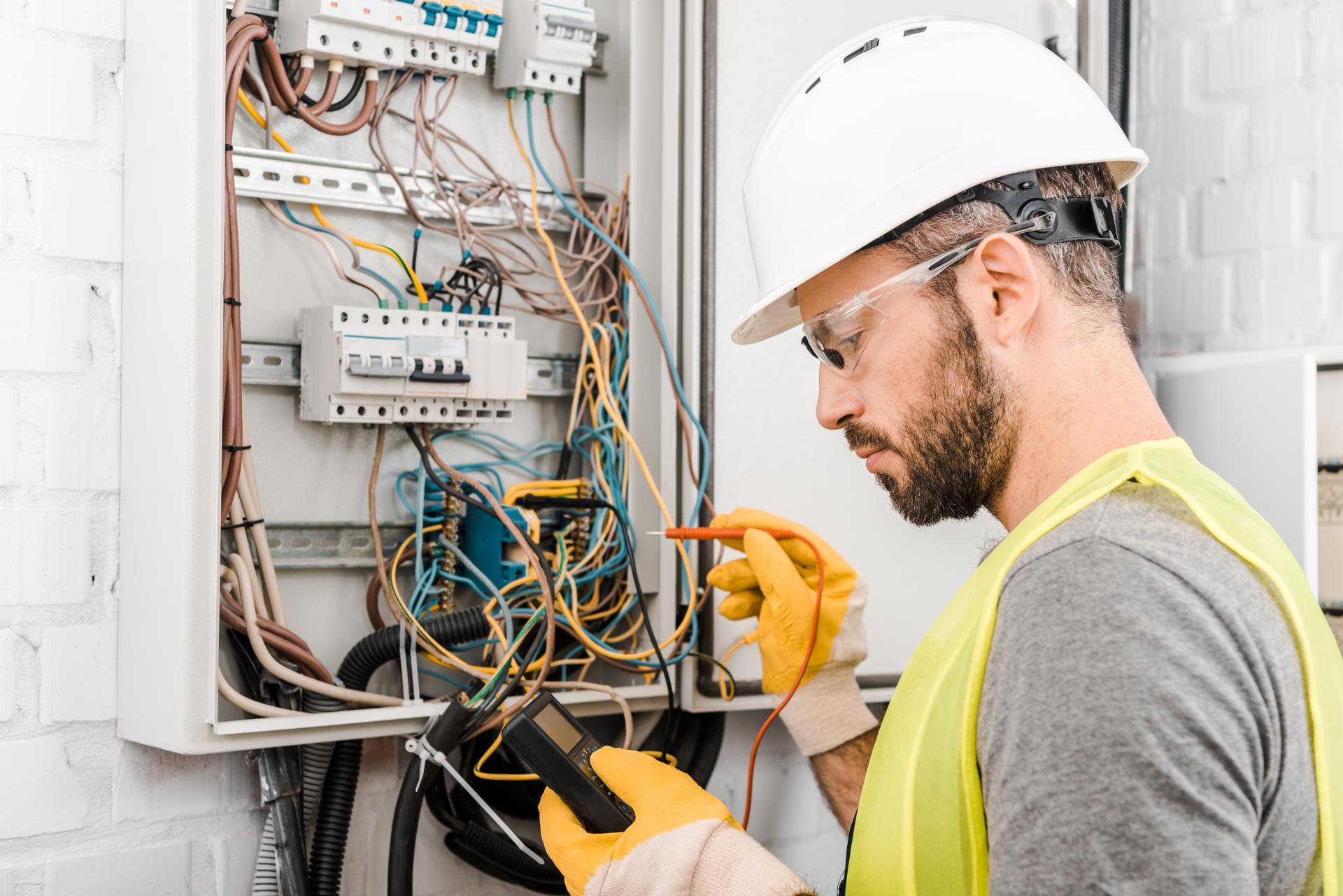An Amateur's Guide to Comprehending Electrical Wiring in Your Home

Electricity is a vital part of our daily lives, powering everything from the lights in your homes, to gadgets we use every day. But electric systems may be a bit complicated, and understanding how they work can be difficult. In this article, we’ll break down the various components in an electrical circuit and describe how circuits function to power appliances and devices. Our residential electricians can handle any electrical jobs you need.
The components of an electrical system
An electrical system is comprised of several key components that work together to supply power to a home. This includes:
Breaker box: the main distribution point for electric power in homes that is where electricity is divided into several circuits
Outlets and switches: the places where electricity is delivered to devices and appliances
Wiring: the wires that transmit electric current from the box to outlets and switches
Electric appliances, devices and equipment: appliances and gadgets that rely on electricity for their functions.
Electrical Circuits
A circuit of electricity is a path that lets electricity flow from the main source (the the breaker box) to the appliances and devices in a home. There are two types of electrical circuits in the home which are 120-volt circuits and circuits that are 240-volts. 120-volt circuits are utilized for most household devices and appliances, while the 240-volt circuits are designed for larger appliances like dryers and air conditioners.
Electrical circuits work by creating an electrical loop that allows power to be transferred from the source to the appliance or device. The loop is comprised of a hot wire that is the conduit for electricity, a neutral wire that completes the circuit and the ground wire which provides a path for electricity to reach the ground in the event of a fault.
Understanding Electrical Wiring
Electrical wiring is available in a variety of kinds, such as non-metallic sheathed wire (NM) as well as armored cables (AC), and conduit. Each kind has its own advantages and drawbacks, and the choice of the wiring type is contingent upon the specific requirements of the installation.
Electricity travels through wiring by creating a flow of electrons in the wire. The electrons travel between the origin and the appliance or device, and back to the source through the neutral wire. It’s essential to ensure that the wiring is put in place and maintained properly, since improper wiring can cause electrical hazards like shocks and fires.
Common Electrical Issues
Some common electrical problems in homes include tripping light bulbs, flickering breakers and disconnected outlets. The causes of these issues could be by a variety of factors such as overloading circuits loose connections, and faulty wiring.
If you experience any of these issues, it’s essential to identify the cause and take appropriate steps to correct the issue. In certain instances it may be necessary to contact an accredited electrician to look over and fix the wiring.
Concluding and Call to Action
In the end, knowing how electrical wiring works is essential to ensure the safety and reliability of the electrical system in your home. By following the guidelines outlined in this article to stay safe and prevent potential hazards.
Should you ever have questions or concerns regarding your home’s electrical system, don’t hesitate to contact Local Electrician Richmond. Our electricians are licensed and has the experience and knowledge to handle all your electrical requirements. Contact us at 1300 941 876 to schedule a consultation.
FAQ
What are the signs of faulty electrical wiring?
Signs of faulty electrical wiring could include tripping breakers flashing lights, and dead outlets, to name a few.
When should I have my electrical system at home inspected?
It’s suggested that you get your home’s electrical system inspected by an authorized electrician each 10 years.
What is the lifespan of wiring that is electrical?
The lifespan of electrical wiring depends on many factors, such as the type of wiring used, the environment it’s installed in, and the standard of installation. In general, most electrical wiring will last for at least thirty years, or even more with the proper installation and maintenance.
Do I need to fix electrical issues myself , or do I need to employ an electrician?
Although some electrical issues can be solved by homeowners, it’s advised that you employ a licensed electrician to complete most electrical repairs. Attempting to fix electrical problems without proper training and expertise is risky and could cause damage or injury the property.
What should I do if I encounter an electrical problem in my home?
If you encounter an electrical problem the first step is to turn off the power to the affected area by shutting off the fuse or breaker. Then, contact an accredited electrician to examine and fix the problem as quickly as possible.
By following these guidelines, you can ensure the safety and reliability of your electrical system in your home and reduce any potential dangers. Be aware that when you need repairs to your electrical system and installations, it’s best to trust the experts. Reach out to Local Electrician Richmond at 1300 941 876 for all your electrical concerns.
